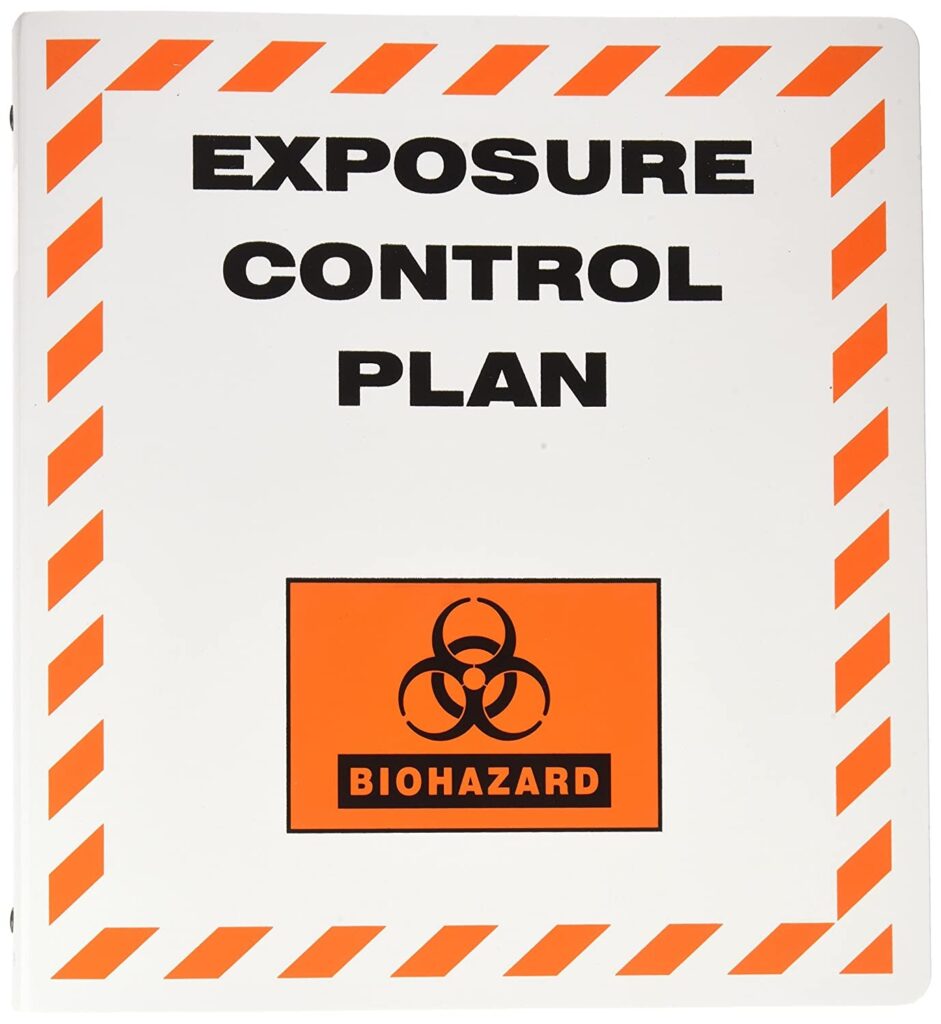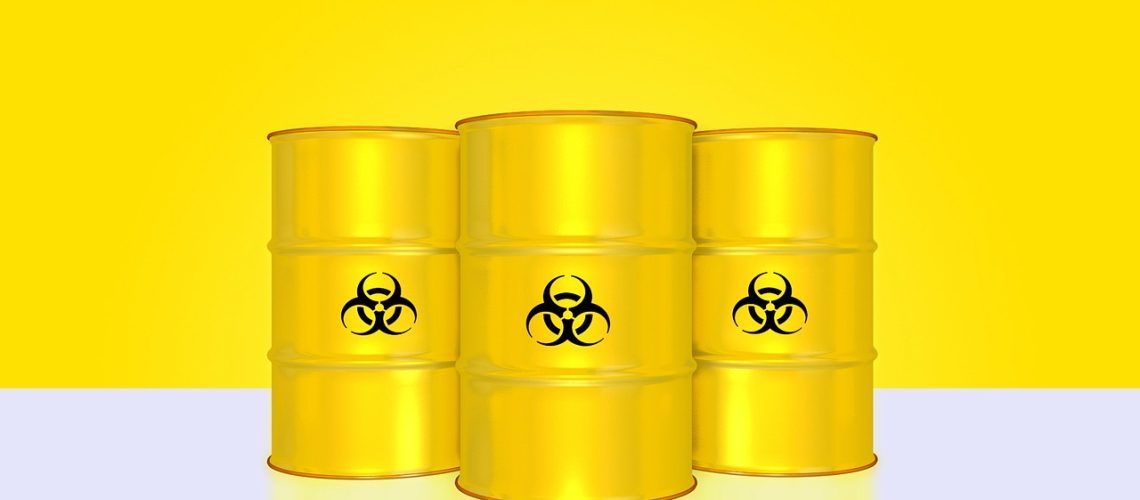A study by the Center for Disease Control and Prevent found that many American health care workers are not adequately trained for a situation where they’re exposed to bloodborne pathogens. About 28% of privately owned dental practices didn’t have bloodborne pathogens exposure control plans (and half had no intention of implementing them any time soon).
Simply put: that’s not good for the safety of their employees.
Exposure control plans are especially important in 2020, with the novel Coronavirus showing just how dangerous a contagious virus can be. Facilities like hospitals and doctors’ offices should be looking to implement an exposure control plan immediately — or updating their existing exposure control plan to highlight precautions that must be taken when exposed to biohazardous waste that could carry the coronavirus.
One big update at any facility should be the addition of a Sterilis Solutions System, a new on-site, on-demand remediation device that turns regulated medical waste (RMW) into harmless confetti to be thrown safely in the regular trash. Let’s take a closer look at how this can fit into your exposure control plan — and what an exposure control plan even is.

What does an Exposure Control Plan mean?
An exposure control plan is your facility’s plan of action if an employee is exposed to blood or other body fluids that could be carrying diseases, viruses, and any other pathogen. Exposure to biohazardous waste could not only impact that worker but other staff and the worker’s family.
This plan is put in place to protect workers and keep down control exposure incident costs. Common actions included in an exposure control plan would be having the exposed worker get immediately tested and requiring them to take time off of work.
What is OSHA and how is it related to the Exposure Control Plan?
With the Occupational Safety and Health Act of 1970, Congress created the Occupational Safety and Health Administration (OSHA) to “ensure safe and healthful working conditions for working men and women by setting and enforcing standards and by providing training, outreach, education, and assistance.”
If exposures to blood or other body fluids are reasonably anticipated, your facility is required by the OSHA Bloodborne Pathogens Standard to develop an exposure control plan. The plan must also meet OSHA’s criteria:
- It must be written for each facility
- It must be updated and reviewed every year to reveal changes, such as new positions, workers, or tools to decrease exposures to blood or body fluids
- It must be made available to all the workers
You are also required to regularly educate workers on the exposure control plan, letting them know where it’s kept so it’s always available.
How often should the Exposure Control Plan be updated?
An exposure control plan is meant to be a “living” document, meaning it’s updated whenever new information is learned or a new plan is created. The OSHA Bloodborne Pathogens Standard states that it must also be reviewed and updated at least annually. This ensures that it reflects changes such as new technology or new worker positions. For example, if your facility decided to implement Sterilis Solutions’ device to turn this dangerous waste into every-day trash, you’d want to include that in the document.
Who needs an exposure control plan?

According to OSHA’s Bloodborne Pathogens Standard, an exposure control plan is required if you reasonably anticipate that someone at your facility will be exposed to the following: blood, semen, vaginal secretions, cerebrospinal, synovial, pleural, peritoneal, pericardial and amniotic fluids. This includes:
- Hospitals
- Doctors Offices
- Care Clinics
- Emergency Departments
- Dentists Office
- Dermatologists Office
- Nursing Homes
- Universities
- Veterinary Clinics
Related: How to Achieve Sustainability in Healthcare
What are the most important elements of an Exposure Control Plan?
Exposure Determination
An exposure control plan should include the names, department, and task of each employee that risks exposure to bodily fluids and bloodborne pathogens. The plan should be updated every time a new employee joins the department.
Methods of Implementation
You must then consider the steps you’re taking to reduce employees’ exposure. This includes the exposure control plan itself since it should outline the procedures employees must take to prevent exposure and employee training.
Next, you should consider the biohazardous waste and sharps disposal methods. You might want to implement the Sterilis Solutions System to make the handling of this waste completely safe and cost-effective. You should also look over work practices and employee awareness.
Look into personal protective equipment, which should be supplied to all employees who fall under the plan. This includes gloves, gowns, face masks, and goggles. It’s also important to label equipment that’s being used to handle or store potentially infectious materials.
Your facility should also have a proper outline of how to handle, clean, and dispose of contaminated materials like clothing, towels, and rags that came into contact with potentially infectious materials.
Hepatitis B Vaccine
Employees that are exposed to potentially infectious bodily fluids should be provided training and vaccinations. If an employee refuses a vaccination, they must sign a document of refusal that you should keep with your bloodborne pathogens program records.
Post-Exposure Evaluation and Follow-Up
While prevention is very important, you must also be prepared for when an employee is exposed. When an employee is exposed, confidential medical evaluation and follow-up should be conducted immediately. The evaluation should include how the exposure occurred and the tests being done for the infection.
Communication of Hazards and Training
Employees who risk exposure to bloodborne pathogens should receive training about what bloodborne pathogens even are, the symptoms to look for, and how the diseases are transmitted. High-risk workers should also have the chance to ask questions from the person conducting the training.
Record Keeping
OSHA requires four types of records: training, medical, incident, and sharps injury records. These must all be managed and maintained by the employer.
Administration of Post-Exposure Incidents
If an employee has been exposed, the employer is required to examine the exposure control plan to see what went wrong or what can be done to prevent future exposure.
Conclusion
With COVID-19 continuing to create an influx of highly contagious patients, medical facilities with consistent exposure to bloodborne pathogens and infectious diseases should ensure they have an up-to-date exposure control plan. If you have further inquiries about how the Sterile Solutions System can keep your employees safe from exposure, contact us today.
- How to Return to Work Safely
 As the year 2020 marched forward, it became evident that COVID-19 would force a lockdown across the U.S., if not across the globe. For seemingly endless months, everyone has had … Read more
As the year 2020 marched forward, it became evident that COVID-19 would force a lockdown across the U.S., if not across the globe. For seemingly endless months, everyone has had … Read more - Steps to Take Following a Needlestick
 It’s not difficult to believe that the healthcare industry is a hazardous industry to work in. Even as the current pandemic has relegated most of the country to their homes, … Read more
It’s not difficult to believe that the healthcare industry is a hazardous industry to work in. Even as the current pandemic has relegated most of the country to their homes, … Read more - What Are Some Examples of Biohazard Waste?
 Table of Contents What are some examples of Biohazard Waste? What is Biohazardous Medical Waste? Primary Categories of Medical Biohazard Waste Disposal of Common Biohazardous Waste If the term “biohazardous … Read more
Table of Contents What are some examples of Biohazard Waste? What is Biohazardous Medical Waste? Primary Categories of Medical Biohazard Waste Disposal of Common Biohazardous Waste If the term “biohazardous … Read more
